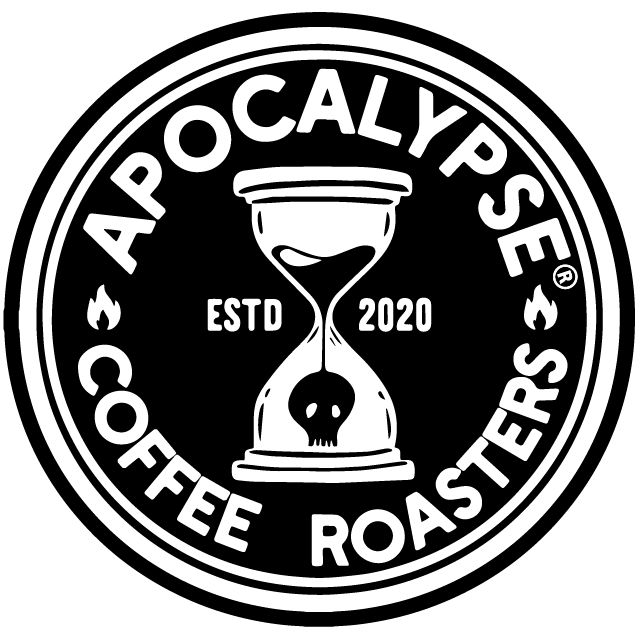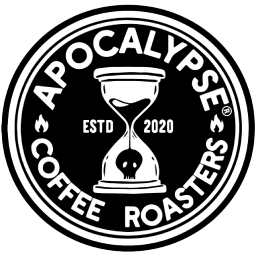MASTER THE POUR-OVER COFFEE METHOD FOR CLEAN, COMPLEX FLAVOR IN EVERY CUP
There’s something mesmerizing about the slow spiral of water over fresh grounds. Steam rises, aromas bloom, and with just a few simple tools, pour-over coffee becomes more than caffeine — it becomes a ritual. As coffee culture leans toward origin transparency and intentional brewing, pour-over has taken center stage for its clean, expressive flavor and hands-on process. However, what makes this brewing method stand apart, and why does it bring out the best in high-quality beans?
What is the Pour-Over Coffee Method and Why Does it Matter?
Pour-over coffee is a manual brewing method where hot water is slowly and precisely poured over ground coffee placed in a paper or metal filter, held by a cone-shaped or flat-bottomed dripper. As water flows through the grounds and filter, gravity draws it into the vessel below, extracting the coffee’s soluble compounds in the process.
Unlike automatic drip machines, pour-over allows for total control over critical variables: water temperature, pour speed, bloom time, and saturation. This results in a cup that’s remarkably clean and balanced, often revealing bright acidity, floral aromas, and origin-specific tasting notes that other brewing methods can obscure.
When Did the Pour-Over Brewing Method Become Popular?
Pour-over coffee has its origins in 1908, when German entrepreneur Melitta Bentz created the first paper coffee filter using blotting paper. Her invention led to the founding of Melitta, a brand still associated with pour-over today. However, widespread adoption took decades.
The method gained serious traction in the early 2000s with the rise of third-wave coffee. Specialty cafés and roasters sought to emphasize bean origin, roast transparency, and brewing clarity, making pour-over an ideal method for showing the natural characteristics of single-origin coffee. It also aligned with a growing cultural appetite for slower, more mindful consumption.
Where Does Pour-Over Coffee Fit in Today’s Coffee Culture?
Today, pour-over is embraced by both professionals and home brewers alike. It appears prominently in third-wave cafés, high-end restaurants, and farmers’ market stalls, as well as on kitchen counters around the world.
Its popularity is driven by a blend of simplicity and sophistication. Pour-over coffee doesn’t require electricity or bulky equipment, which allows brewers to experiment with variables to suit specific beans, roasts, or flavos — turning each cup into a customized experience.
Why Pour-Over Coffee is the Best Brewing Method for Highlighting Flavor Clarity
What sets pour-over apart is its ability to deliver clarity, both literally and figuratively. The use of a filter made from paper removes most oils and micro-grounds, resulting in a clean brew free from sediment. This allows lighter roasts and single-origin beans to shine, emphasizing complex acidity, aroma, and subtle tasting notes.
For coffees from Ethiopia, Kenya, Guatemala, or Colombia, pour-over highlights signature elements like citrus, florals, red berries, or cocoa. The slower, even extraction encourages full saturation and controlled flavor development — perfect for coffees where nuance matters.
Popular Pour-Over Brewers and How They Differ
Different pour-over brewers offer slightly different experiences, each suited to specific preferences, with slightly different takes on clarity, sweetness, and mouthfeel.
Hario V60
The Hario V60 is cone-shaped with spiral ridges and a single large hole. It produces a bright cup, and is best for experienced brewers who want control.
Kalita Wave
The Kalita Wave is flat-bottomed with three small holes for slower, more even extraction. More forgiving and consistent, it is a great pick for beginners or those seeking balance.
Chemex
The iconic hourglass-shaped Chemex brewer has thick filters that produce a particularly clean, tea-like brew. Ideal for floral or delicate coffees and serves well for multiple cups.
How to Brew the Best Pour-Over Coffee: A Simple, Step-by-Step Guide
To brew a clean, flavorful pour-over coffee, the right tools and ingredients are everything. This method particularly excels with light to medium roast, single-origin beans, allowing complex flavors from coffee-growing regions such as Ethiopia, Kenya, and Colombia to shine.
Step 1: Measure and Grind
Measure out about 3 tablespoons (or 0.78 ounces) of whole coffee beans. Use a burr grinder for an even grind, set to a medium-fine consistency — similar to table salt. Grinding just before brewing helps preserve the beans’ freshness and flavor. Once ground, add the coffee to the dripper, leveling the bed for even saturation.
Step 2: Heat Water
Heat about 12 fluid ounces (1½ cups) of filtered water to somewhere between 195 and 205 degrees Fahrenheit. Water that’s too hot can cause bitterness; too cool, and the coffee may taste flat. Filtered water is best to avoid off-flavors. Before brewing, rinse the filter thoroughly with hot water to remove any papery taste that may reside, and preheat the dripper and carafe.
Step 3: Add Coffee Grounds
Add the ground coffee to the dripper and shake it gently to level the surface. This step ensures the water flows evenly through the coffee. Be careful to not compress the grounds, as a flat, yet loose bed allows for better extraction.
Step 4: Bloom the Coffee
Start the timer and pour about 1.7 fluid ounces (or just over 3 tablespoons) of water over the coffee grounds in a slow and circular motion. This bloom phase lets gases from roasting escape, creating bubbles and preparing the grounds for brewing. Let it sit for about 30 seconds to improve flavor extraction.
Step 5: Pour the Rest of the Water
Continue pouring the remaining water slowly in circular motions, keeping the coffee bed evenly saturated. Pouring water in stages maintains a consistent water level while producing an even extraction.
Step 6: Let the Coffee Drip
Allow the coffee to drain completely, which should take about 3 to 4 minutes. If it’s dripping too fast or too slow, adjust the grind size next time. A steady flow brings out the coffee’s clean, balanced flavors.
Step 7: Serve and Enjoy
Remove the dripper and give the brewed coffee a gentle swirl. Taste it on its own before adding anything — pour-over coffee often has a bright, nuanced flavor that stands well by itself. Enjoy fresh.
The Last Pour-Over Coffee Ever Needed — Brewed for the Unexpected
Every cup begins with intention, and at Apocalypse Coffee Roasters, that means creating a brew perfect for pour-over preparation. As a family-run roastery on Florida’s Space Coast, coffee is more than a daily ritual; it’s a calling. Whether fueling early launches or exploring late-night theories about extraterrestrial life, the mission is clear: to serve the best first sip on the planet. With over 25,000 hours dedicated to our craft, each roast is designed to highlight the clarity and smoothness that pour-over brewing brings out. Join the locals who already know: when it’s Apocalypse Coffee, the day starts better. Take our quiz to find the perfect roast and never risk running out when pour-over brew is needed most.







